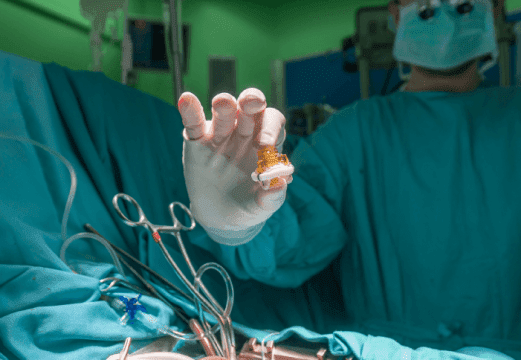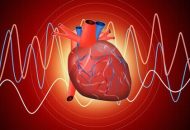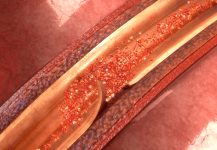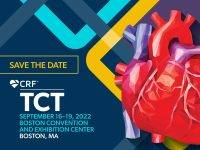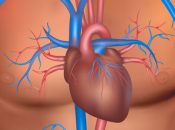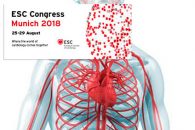The edge-to-edge approach with MitraClip has been established as a valid strategy for patients who experience severe symptomatic mitral regurgitation (MI) with high risk for surgery, currently with a IIa indication. MI complicated by cardiogenic shock, which results in a high risk for conventional valve surgery, is a particularly complex scenario. In such a case,…
Is TAVR Beneficial in Cardiogenic Shock?
The presence of cardiogenic shock (CS) in a setting of aortic stenosis ranges from 1% to 4%. The prognosis for this scenario is ominous due to subendocardial ischemia, which presents as a decrease in ventricular preload and an increase in afterload. Aortic valvuloplasty has been used in this context, but, unfortunately, it has been associated…
Aortic Stenosis and Cardiogenic Shock: Is TAVR an Option?
Cardiogenic shock (CS) in a setting of aortic stenosis is associated with high mortality rates. In consequence, surgery is generally not a possibility for this patient group, and they usually undergo aortic valvuloplasty, resulting in a mortality rate of 33%-50% at 30 days, 70% at one year, and 90% at two years. While transcatheter aortic…
Severe Mitral Regurgitation and Cardiogenic Shock: Is Edge-to-Edge a Valid Strategy?
At present, cardiogenic shock continues to present high mortality despite the new treatments and ventricular assistance devices available in some centers. In this group, the presence of severe mitral regurgitation (MR) is around 5% and, on many occasions, it cannot be treated with surgery because of hemodynamic conditions. Edge-to-edge repair has been looked at by…
Coronary Artery Dissection and Cardiogenic Shock: How Do They Evolve?
Spontaneous coronary artery dissections (SCD) are more frequent in women and account for about 25% of all acute myocardial infarctions (AMI) before the age of 50. While the presence of cardiogenic shock due to AMI is infrequent, its evolution is still somewhat unclear and it has not been fully analyzed. Researchers conducted an analysis in…
TCT 2022 | Edge-to-Edge Repair in Patients with Severe Mitral Insufficiency and Cardiogenic Shock: Analysis of the TVT Registry
Approximately 1 in 5 patients admitted for cardiogenic shock (CS) were observed to have moderate to severe mitral insufficiency (MI), which increases the risk of mortality by about 60%. To date, there is limited data on the role of transcatheter edge-to-edge repair therapy in this setting. The aim of this study was to describe the…
Swan Ganz Associated with Better Outcomes in Cardiogenic Shock: Is It Back?
The Swan Ganz catheter has been used in the clinical practice for years. However, its usefulness remains under discussion and its use keeps dropping. A new analysis published in JAHA might bring it back at least in the context of cardiogenic shock, where it showed improved prognosis and more effective complexity management. Recently, the lack…
Multiple vs. Culprit vessel MI in Cardiogenic Shock: Anything New?
The Shock Trial, the one that set revascularization as the standard strategy to treat all STEMI and cardiogenic shock lesions, had not been discussed for nearly 20 years. The CULPRIT-SHOCK was presented at TCT 2017 (and also in NEJM), and again this one study changed the standard completely, since we went back to treating only…
Bleeding and Cardiogenic Shock: An “Unholy Alliance”?
Courtesy of Dr. Carlos Fava. Mortality in acute myocardial infarction (MI) with cardiogenic shock (CS) has been reduced over the past two decades. This has been possible thanks to early angioplasty, greater operator (and overall medical team) experience, new antiplatelet therapies, and ventricular assist devices, which have also been somewhat relevant in this setting. However, in…
ESC 2018 | CULPRIT-SHOCK: 1-Year Results Continue to Support Treatment of the Culprit Artery Only
Increases in the rates of revascularization and heart failure do not justify the early mortality advantage shown by treatment of the culprit artery only in patients with acute myocardial infarction and cardiogenic shock. The 1-year follow-up of the CULPRIT-SHOCK trial reinforces the idea of only treating the culprit artery, with an option for revascularization of…
- 1
- 2
